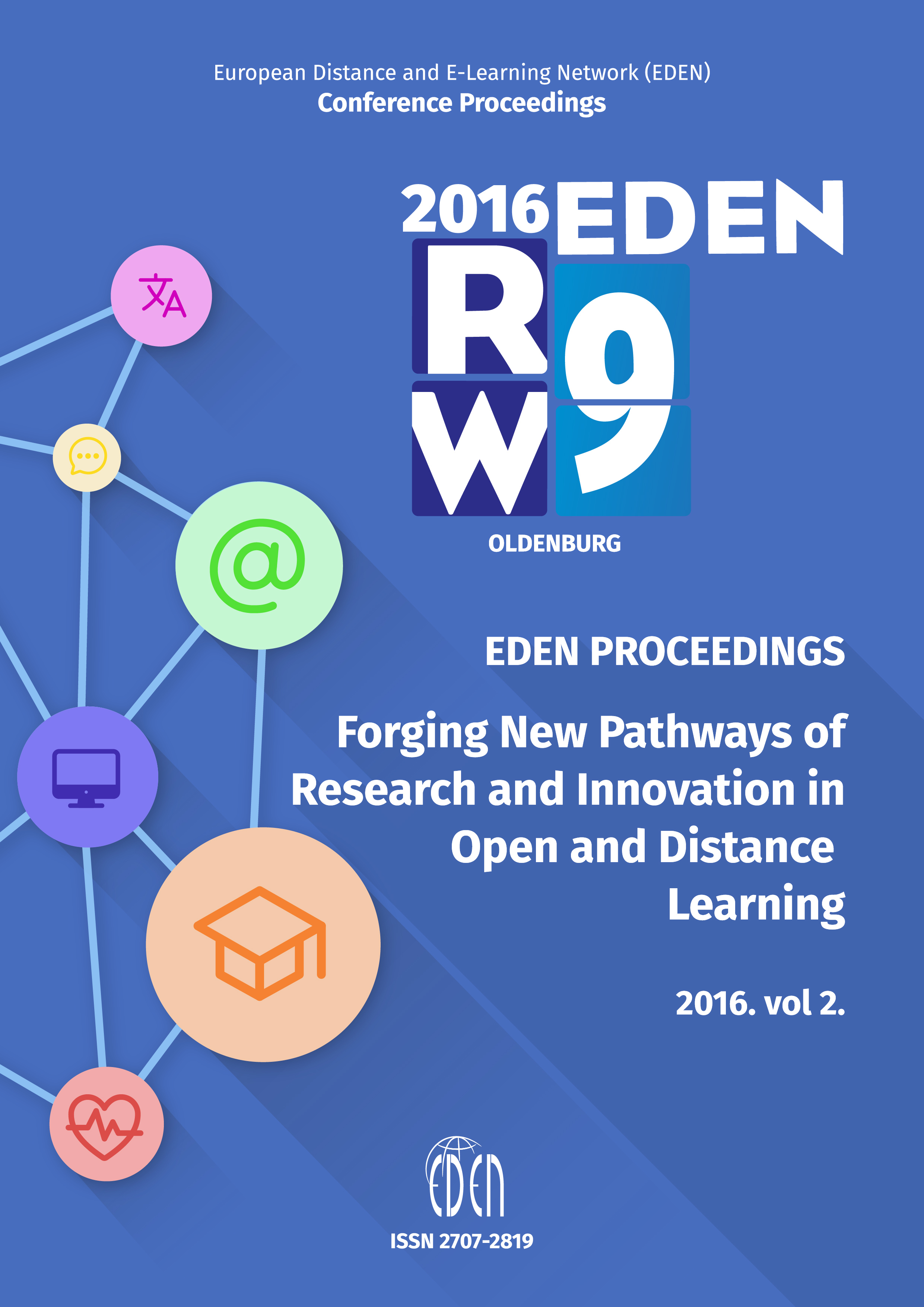Use of MOOCs in Traditional Classroom: Blended Learning Approach
Use of MOOCs in Traditional Classroom: Blended Learning Approach
Author(s): Antonia Bralić, Blaženka DivjakSubject(s): Social Sciences, Education, Higher Education
Published by: European Distance and E-Learning Network
Keywords: Distance and e-learning methodology; Institutional case study; Learning effectiveness, improvement of learning experience; MOOCs
Summary/Abstract: MOOCs were initially designed as stand-alone products but blended learning programs have been developed to utilize the benefits of MOOCs. This paper presents case study research of incorporating a MOOC into traditionally delivered course with specific goals of giving students opportunity to experience learning in virtual environment and helping part-time students in achieving particular learning outcomes. Benefits and obstacles of such an effort were researched in a case study where part of the traditionally delivered learning was replaced with a MOOC at a compulsory graduate level course. Students were asked to choose between completing a MOOC and taking project-based activity to work towards the final grade. While going through the MOOC, it was required from students to keep a learning diary to showcase the understanding of the content but also to provide insight for qualitative analysis based on a set of questions that the students were required to answer. The case study research was based on qualitative analysis of the learning diaries and on quantitative review of achieved results. Qualitative analysis of the answers to open ended questions showed that students’ overall feedback has been positive. Students were generally satisfied with this form of learning, despite some difficulties, such as language barrier or sufficient prior knowledge or required workload. Most appreciated characteristics of MOOCs were self-paced learning and the option to assess knowledge on regular basis, especially among part-time students.
Journal: European Distance and E-Learning Network (EDEN) Conference Proceedings
- Issue Year: 2016
- Issue No: 2
- Page Range: 34-43
- Page Count: 10
- Language: English

